The Race to Fix Australia’s Failed Dam
- Youtube Views 1,438,400 VIDEO VIEWS
Video narrated by Fred Mills. This video and article contain paid promotion for Brilliant.
DAMS ARE critical pieces of infrastructure, wherever they’re built. But if they go wrong, they can go really, truly wrong.
This is the story of a dam built just 19 years ago that has already been declared doomed and completely unfixable.
Now the government is in a race to build a second dam downstream before it suffers a catastrophic collapse.
This is Paradise Dam. Built in 2005 at a cost of AU$240M it spans 600 metres across the Burnett River in Queensland, Australia. Some 60,000 people live downstream from it, it’s a vital source of water for the farms in the region and it was supposed to stand for more than a century. Only it won’t.
It has now been deemed one of Australia’s largest ever infrastructure failures and will have to be entirely rebuilt a few metres downstream.
So how did it come to this?
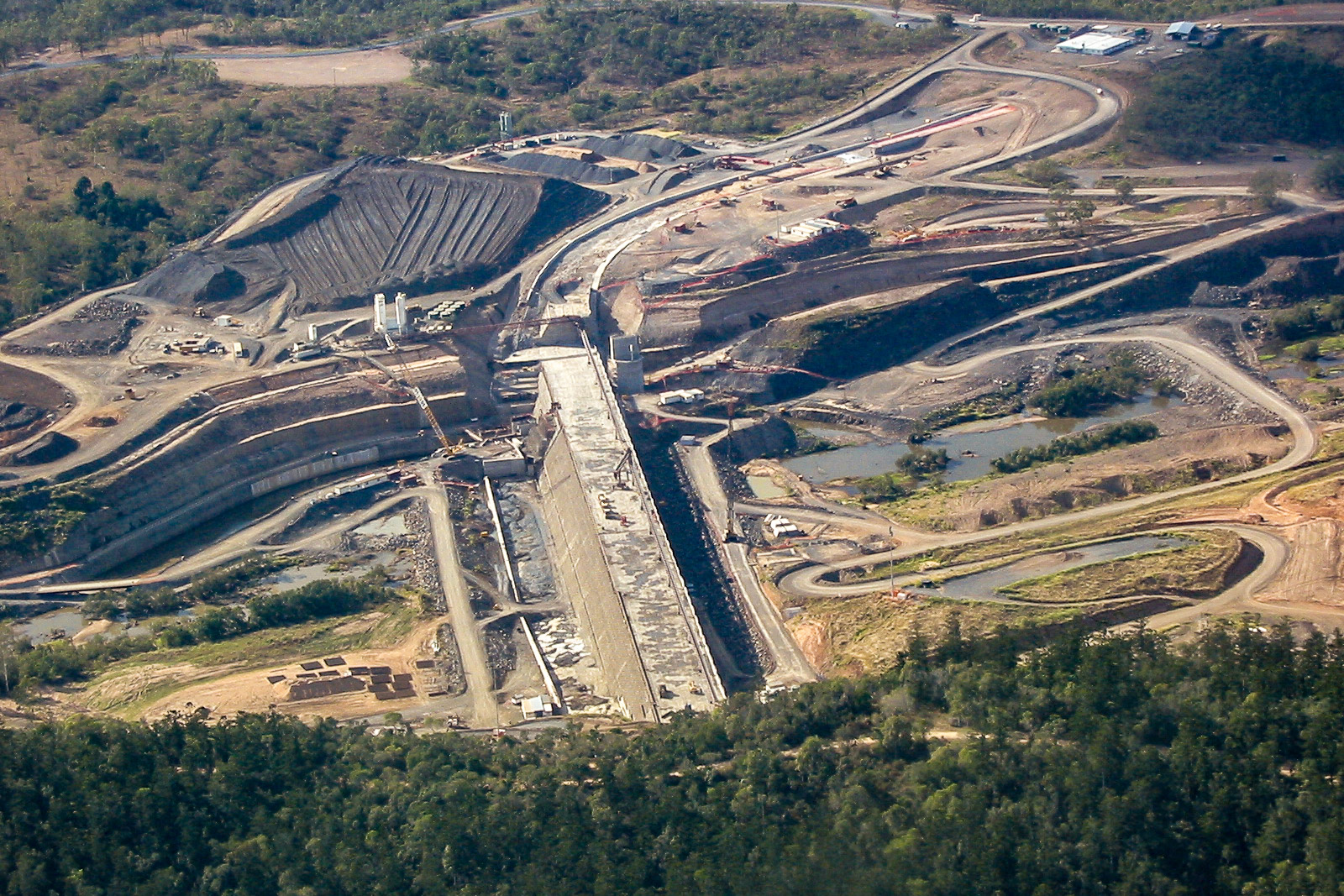
Above: Paradise Dam was only built 19 years ago, yet it was supposed to stand for a century. Image courtesy of Rod Savidge.
Sunken ghost town
Once a source of riches, the Burnett River played host to prospectors who travelled here to a town called Paradise to pan for gold and make their fortune in the late 1800s.
By 2003, when construction of the dam began, Paradise had become a ghost town. So it was decided it would be sacrificed and submerged beneath the man made lake that would be created by the dam.
The new dam was then named after the old town, and it wasn’t long before problems with the dam started to emerge.
The structure was severely damaged during record-shattering floods in 2013. AU$23M was spent to repair the dam wall and it was declared safe. But, despite this, concerns remained and an independent investigation found an additional AU$10M worth of safety work had to be carried out.
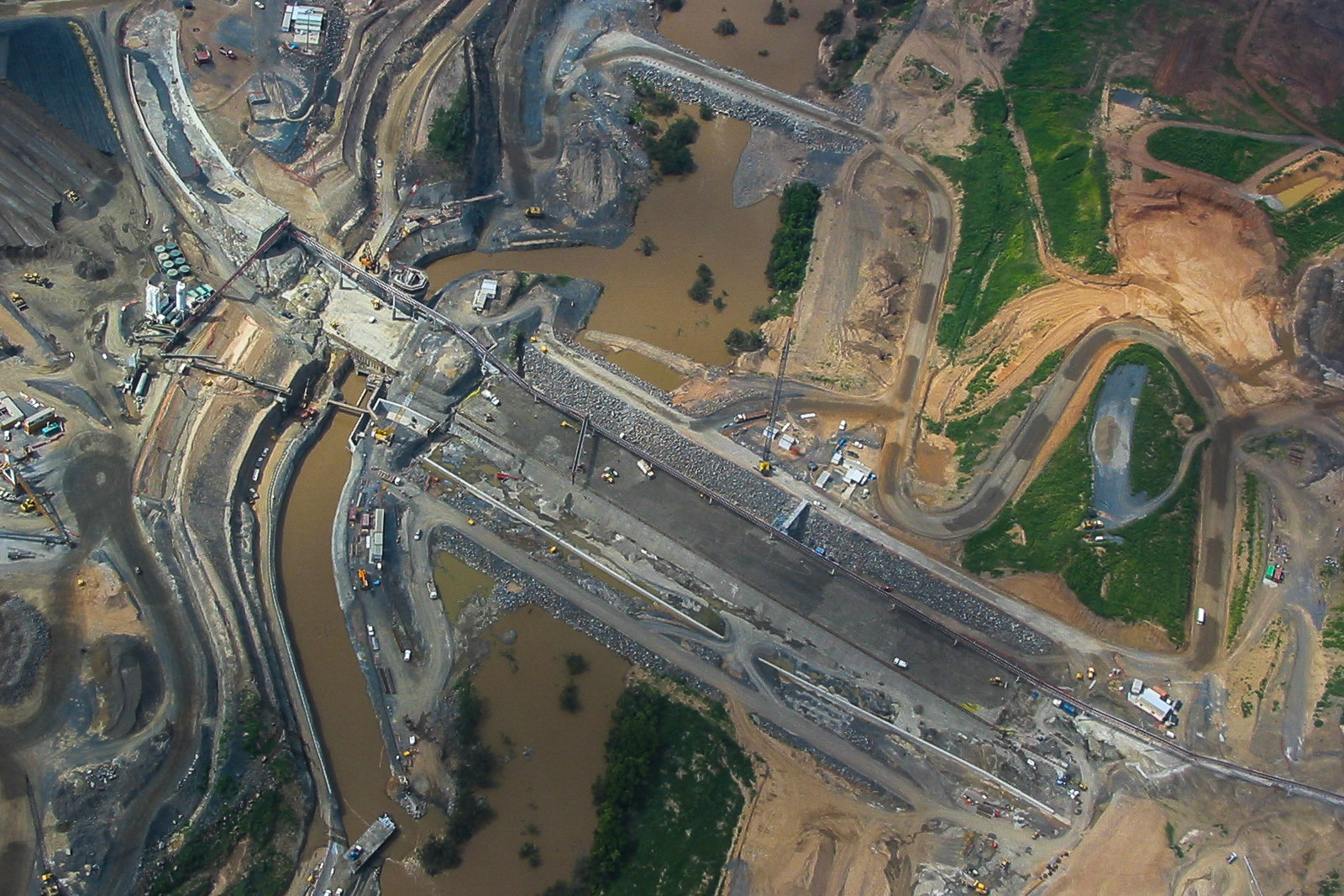
Above and below: The original dam under construction. Images courtesy of Rod Savidge.
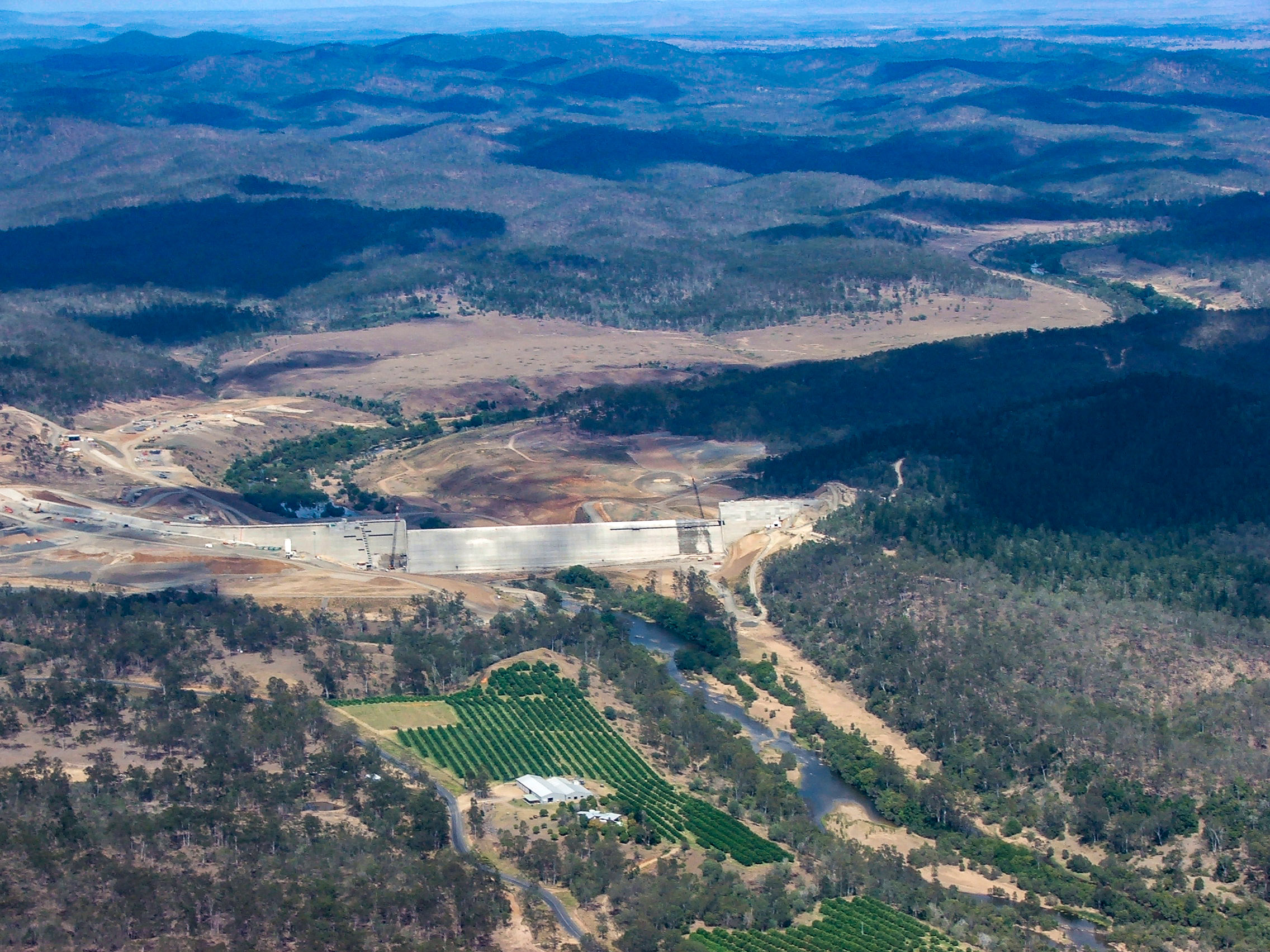
To address these concerns the wall of the dam was lowered by 5.8 metres in 2020. This reduced the dam’s capacity to just 40% of what it should be holding, but it meant there was less risk of catastrophic failure.
This sparked protests from the farmers who depended on the dam as their source of water. With less water there’s less they can grow. It also puts them at the mercy of Australia’s dry climate.
Dams are especially important for places like Australia - a country prone to long and devastating droughts. Water is extremely precious.
In 2023 work began on repairing the wall to return it to its original height. That was supposed to be done by raising the height of the existing structure and reinforcing it by buttressing the wall with additional concrete.
The state and federal government committed AU$1.2BN to the project - far, far more than the initial AU$240M to build the dam in the first place.
The unfixable dam
These works were eventually scrapped when experts on the site investigating the wall declared it could not be mended or reinforced. They discovered concrete in the dam was losing strength over time.
Some of the issues with the concrete in the dam were already known, and had been known for years. These were related to the bond between the layers of roller compacted concrete within the dam, the foundations under the secondary spillway, and the risk of erosion immediately downstream of the dam wall.
Paradise Dam was actually the first roller compacted dam built in the country. It’s a more cost effective way of building a dam and it's done safely throughout the world, but it does use less cement.
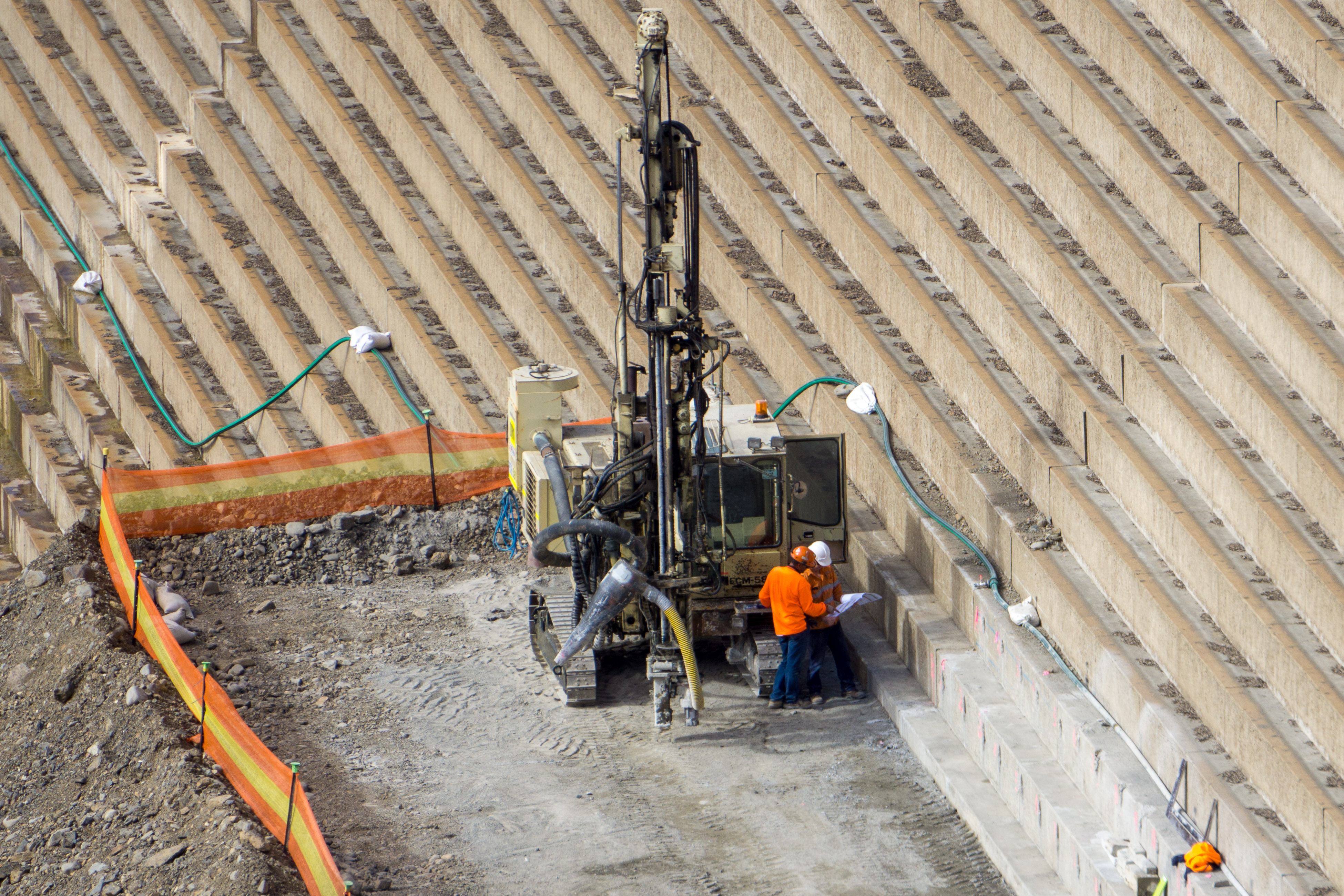
Above and below: Paradise Dam was the first roller compacted dam built in Australia. Images courtesy of Rod Savidge.
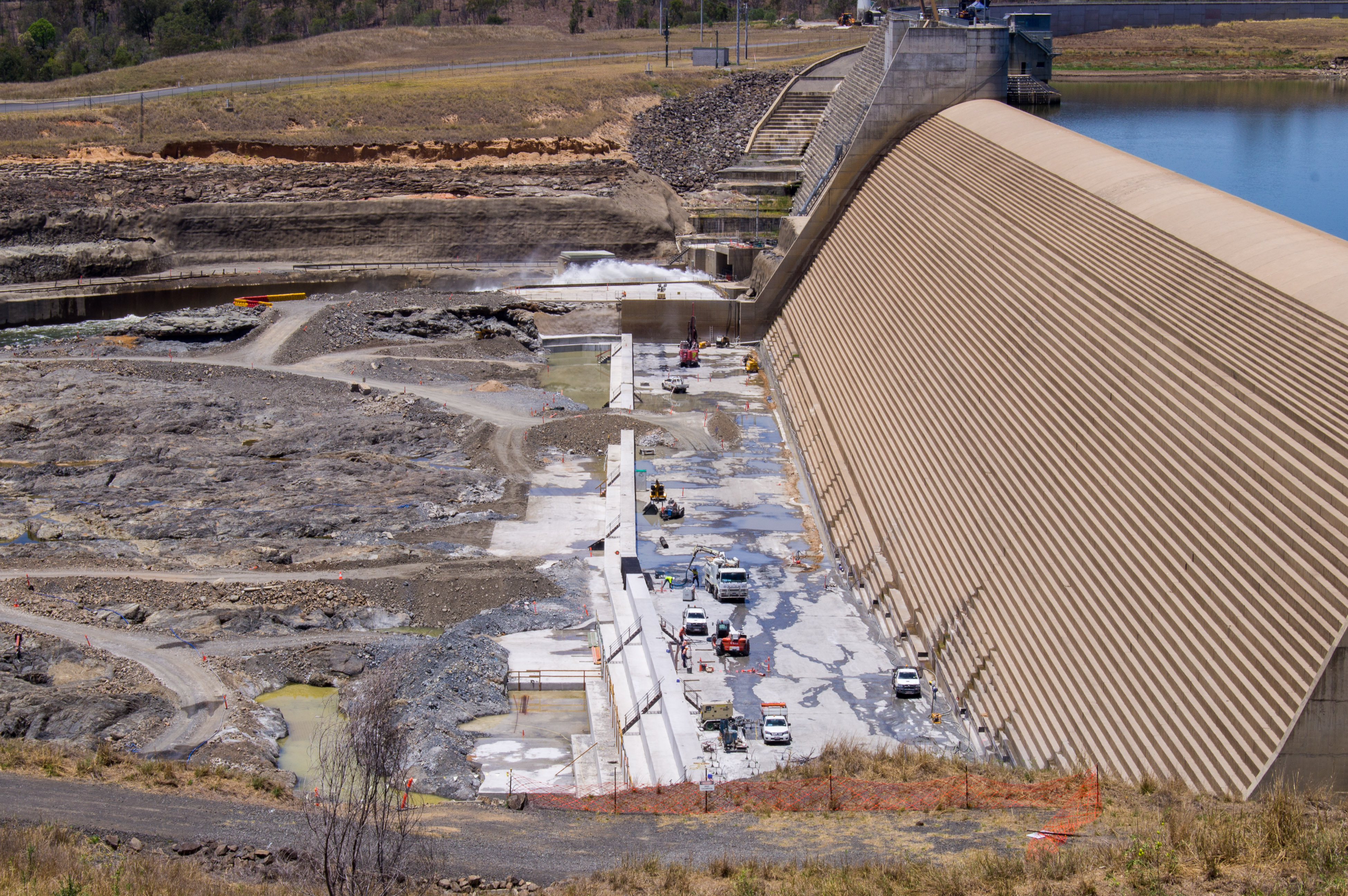
However, while investigating the dam experts found even more issues with the concrete.
Because of a poor concrete mix used in the original dam which combined a large amount of clay with a small amount of cement content, the dam wall became prone to swelling and contracting with moisture.
This porous concrete also caused the cement to leach out, leading to structural weakness.
After discovering this, the team of international experts put samples of the concrete through a range of tests, including artificial ageing and compressive and stiffness tests. They found the concrete degraded far more quickly than was expected.
After spending millions of dollars to build and repair the dam, then committing $1.2BN to fix the issue, it was finally decided they would abandon Paradise Dam. They would have to give up.
They determined the only solution now was to rebuild the dam 70 metres further downstream, then to partially demolish the existing structure.
It has been assured that the dam is not in any immediate danger of collapse and may last many more years without incident. The experts just don’t believe it will last the one hundred years it is supposed to.
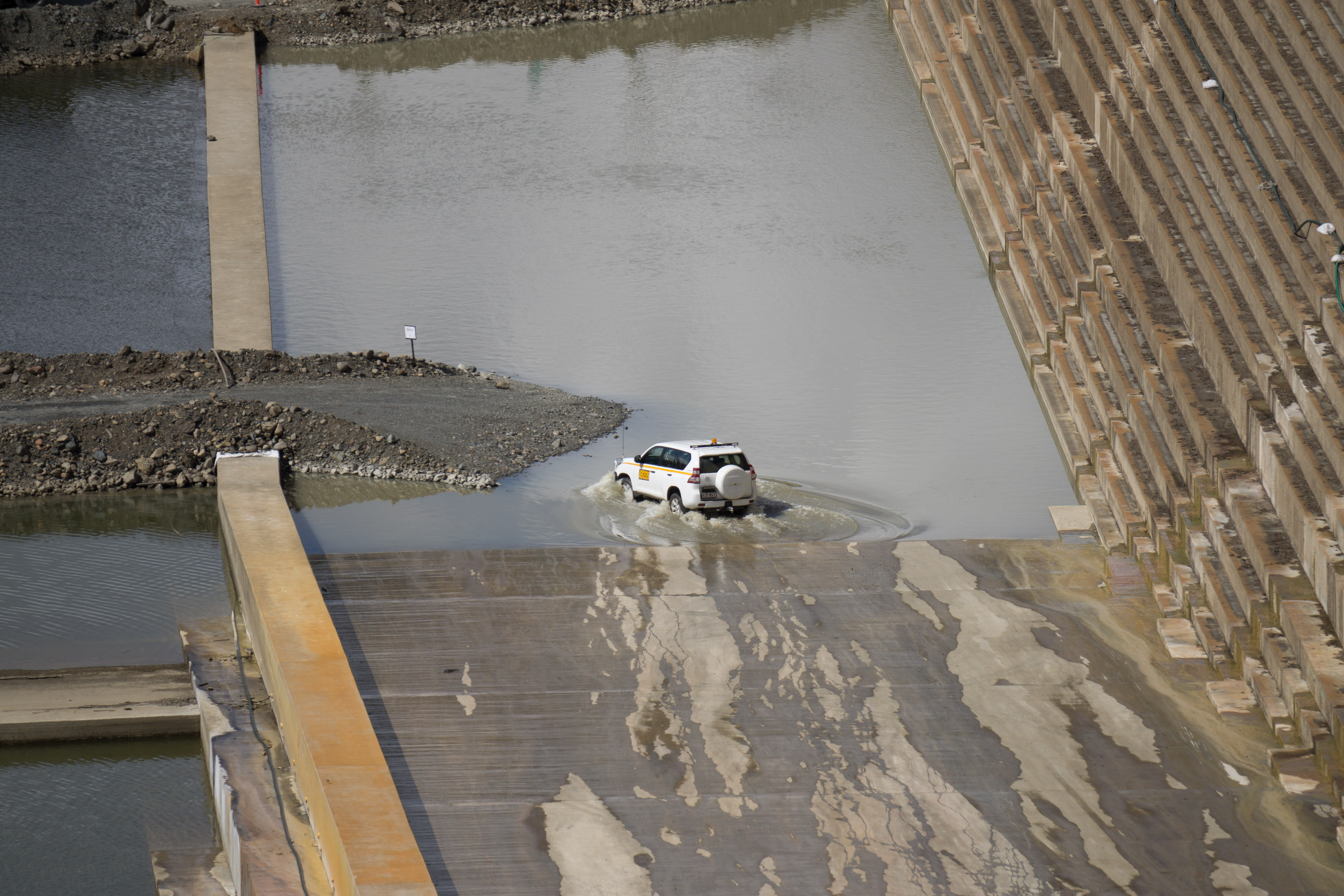
Above and below: The region has been hit by record floods. Images courtesy of Rod Savidge.
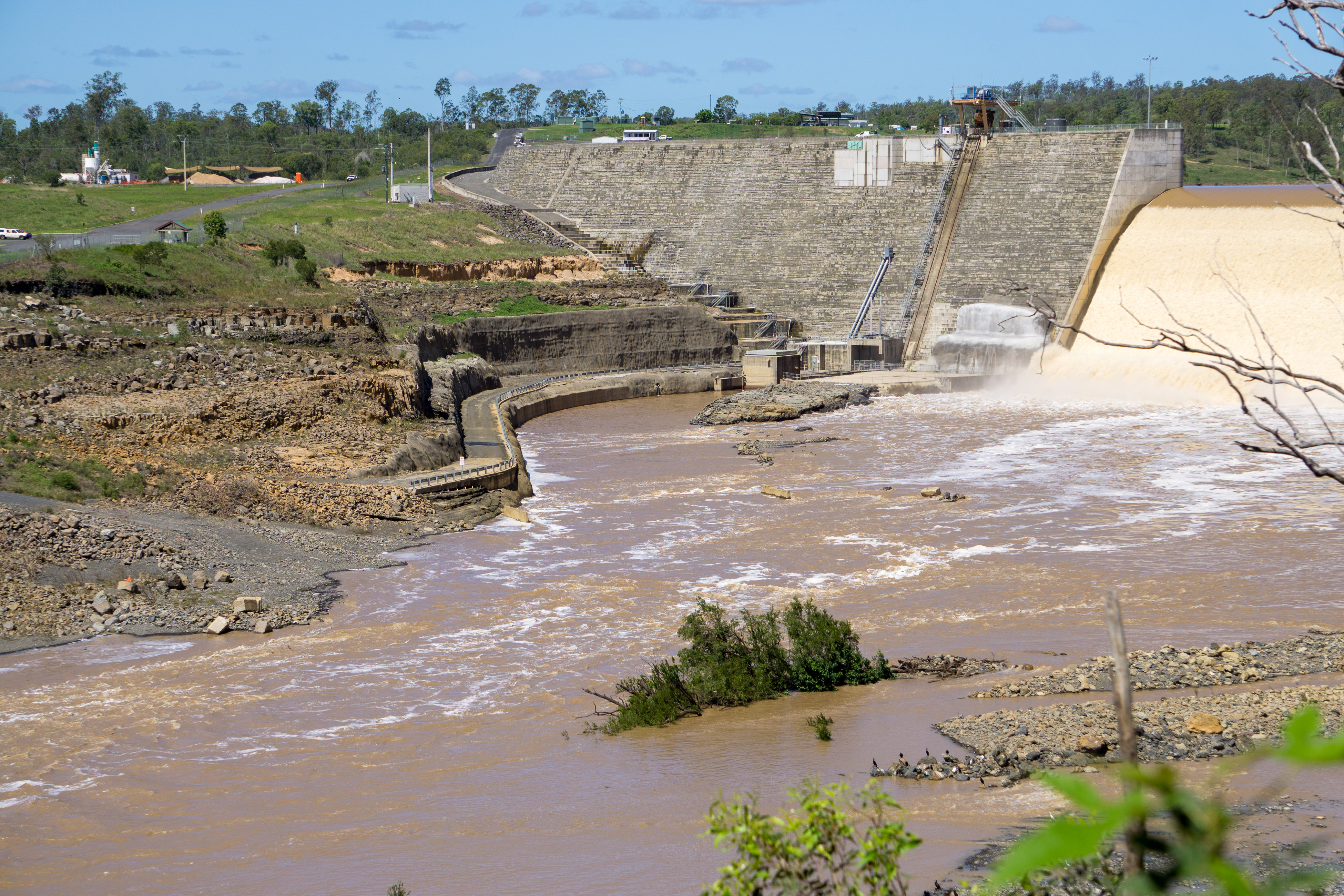
In fact, when measured against the more than 900 other publicly recorded roller compacted concrete dams, Paradise Dam ranks among the very lowest in terms of cement content. Which is not good.
Prior to the wall being lowered, the dam was at risk of failure in a 1 in 200–year event - which is what the 2013 flood was.
But because of climate change, extreme weather events like these are becoming an increasingly more likely occurrence in Queensland, a state which has seen more than its fair share of record floods and severe storms in recent years.
Because the wall has been lowered and there is less water in the reservoir behind it, it is now at risk of failure in a 1 in 5000-year event. But that still isn’t safe enough, and the dam isn’t operating as it should nor is it storing nearly enough water. That’s going to be a problem for the long summer months ahead.
A dam in front of a dam
Plans are currently being drawn up and a business case is being made for the second dam.
Most likely the existing dam will stay in place for now and be used as a cofferdam to create a dry and safe working environment during construction. Meaning it will hold back the river while work begins.
The dam will then be rebuilt pretty much as it was, only this time, we assume, with a lot more cement.
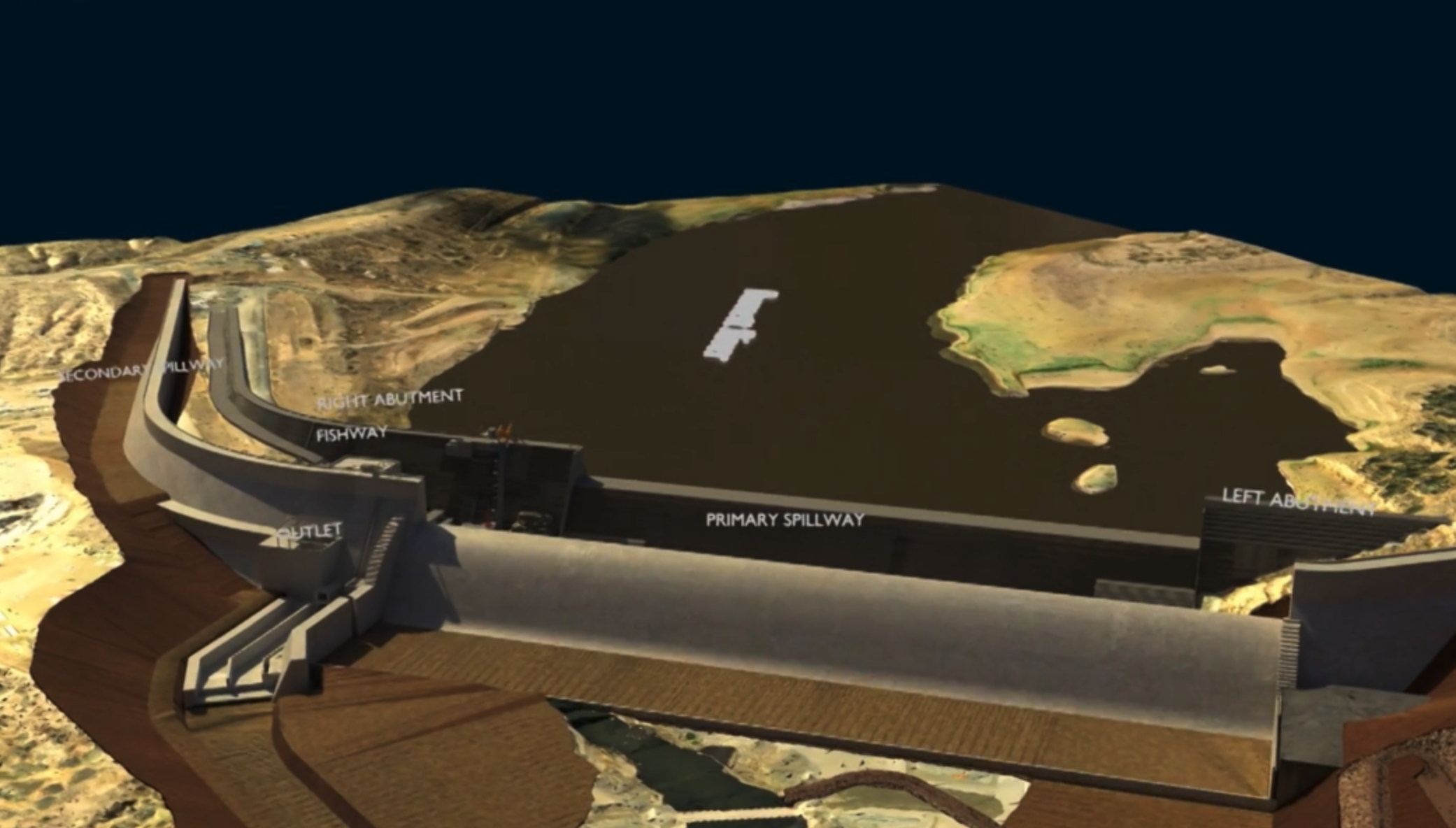
Above: The plan is now build a second down a few metres downstream. Image courtesy of Sunwater.
There is strangely enough a precedent for this, one we’ve covered in depth before. The Spitallamm Dam in Switzerland, which was once one of the tallest in the world, is having a second dam built in front of it because of a crack that makes it beyond repair.
Only the Swiss dam is nearly a century old and the cost of building its replacement is USD $140M, quite a lower price tag to the USD $787M already pledged to repair Paradise Dam.
It’s been a turbulent journey for the Australian dam named after the sunken ghost town it submerged. Unfortunately it too is destined for a watery grave.
Let’s hope this second Paradise Dam will be built back stronger and better and will withstand as many 1 in 5,000 year events the Queensland weather can throw at it.
This video and article contains paid promotion for Brilliant. To try everything Brilliant has to offer for free for a full 30 days, visit brilliant.org/TheB1M or click on the link in the description. You’ll also get 20% off an annual premium subscription.
Additional footage and images courtesy of Rod Savidge, DW News, Al Jazeera, Sunwater and Get Camping Oz.
We welcome you sharing our content to inspire others, but please be nice and play by our rules.








